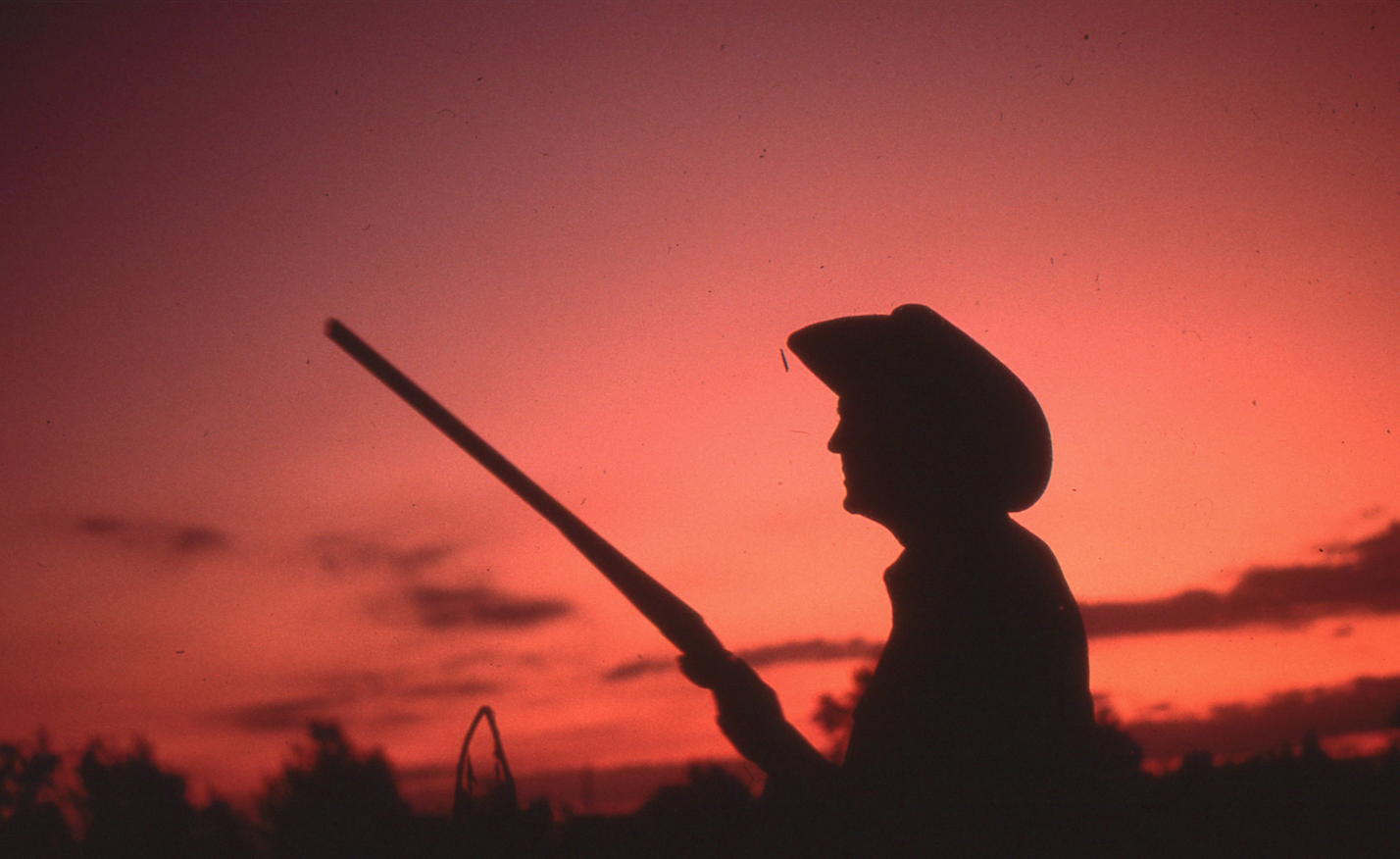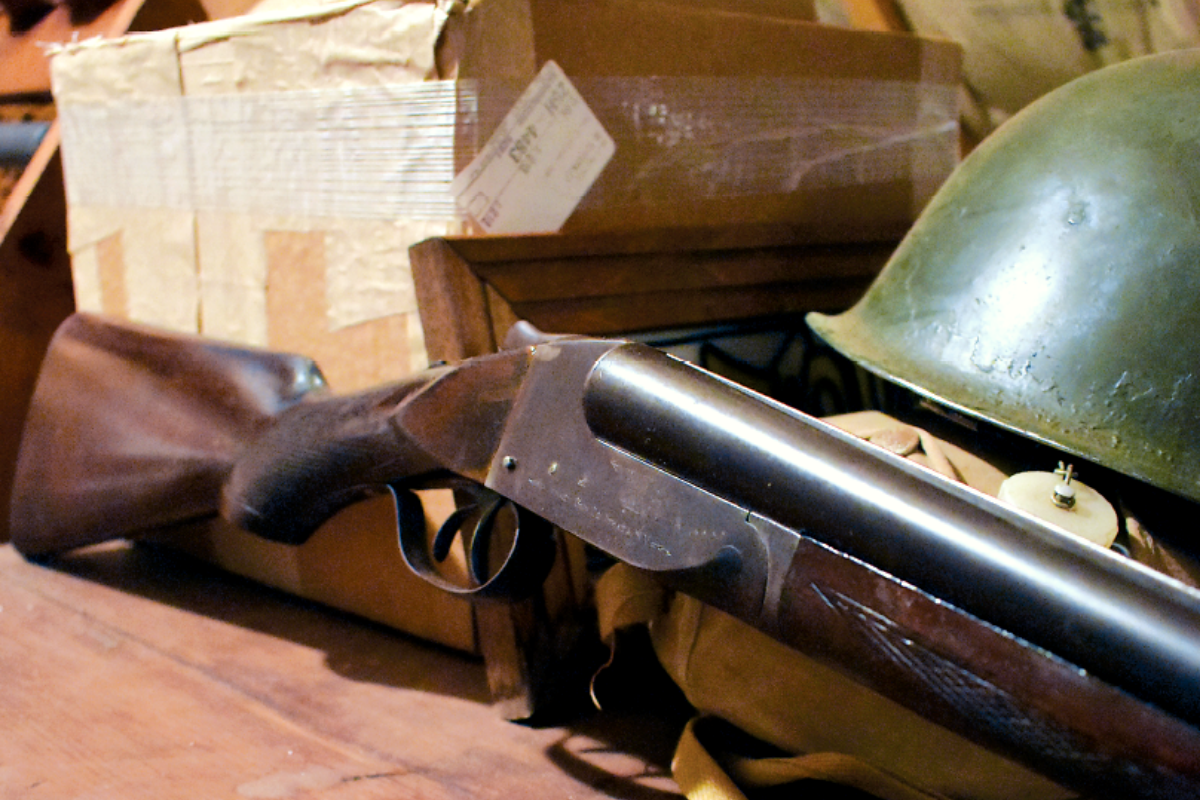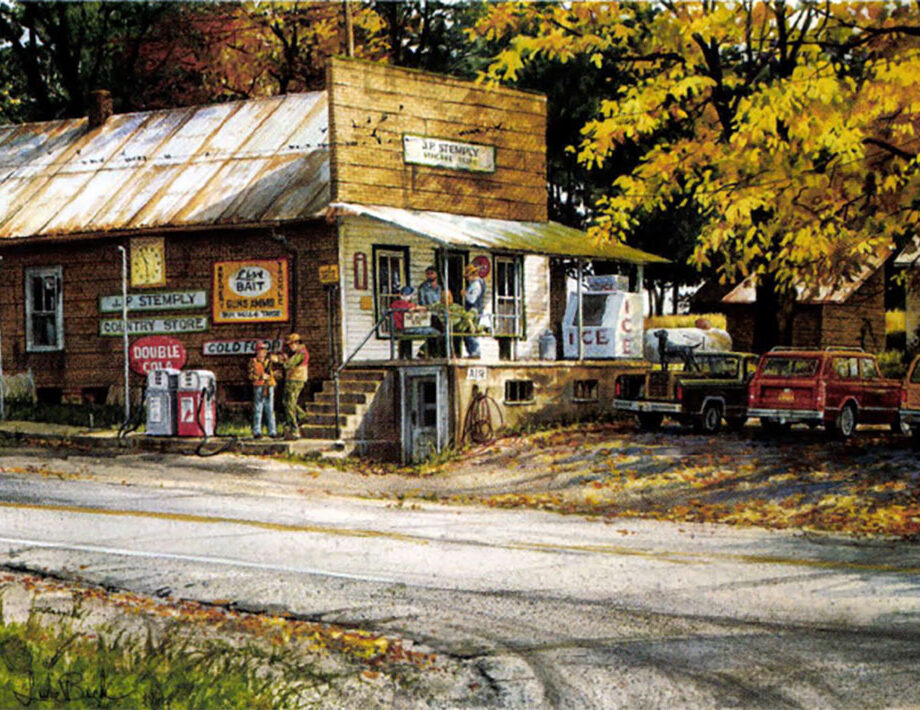At times I may think I am unique in my hunting approach, yet the reality is I am not. Like many, I follow in the shadows of Edmund Davis.
The phone rang listing a number I did not recognize. I answered.
“Tom Keer.”
“I had the chair.”
“Terrific,” I said. “It’s important to have a good chair. Is it comfortable?”
“It’s virtually impossible for a man to shoot himself in the back of the head with a shotgun while standing. It’s even more difficult if you’re sitting in a chair let alone a rocking chair.”
Now we were getting somewhere, for this comment was directed to an article I wrote.
“You have Edmund Davis’ chair?”
“Yes. I stopped for gas in a station near the Cascapedia. The chair was out front with a salmon guide sitting it in. After establishing the provenance I bought it from him and donated it to the Cascapedia River Salmon Museum.”
That’s how I met Ed Belak, a bird hunter and fly rodder who knew of the June 19, 1908 shot fired on the front porch of Red Camp on the Cascapedia River. Edmund Davis owned Red Camp, the place he acquired it from his fishing buddy R.G. Dun. That’s not dun as in an adult mayfly; it’s Dun as in the founder of Dun and Bradstreet. But the big question is this: was murder committed along the banks of churning pocket water that fills deep, slow pools? Or was it a suicide overlooking banks rimmed with alders that were chock-a-block with grouse and woodcock?
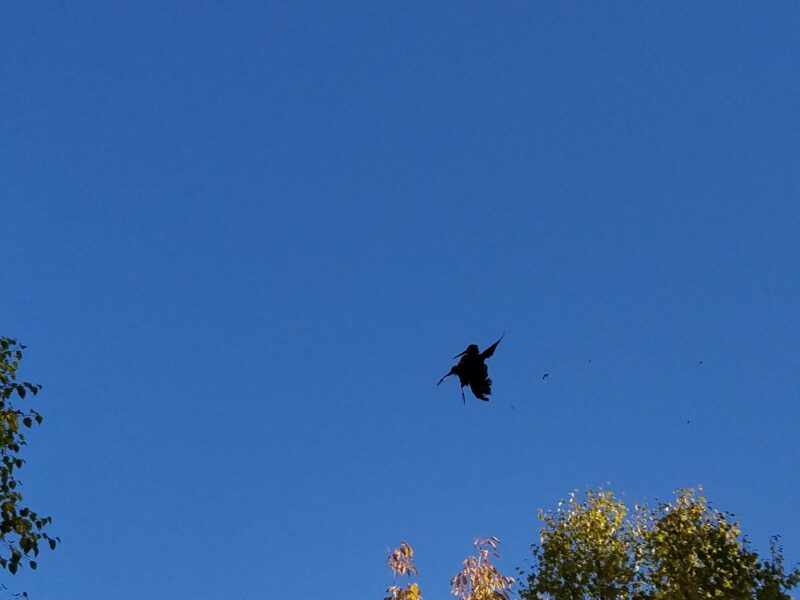
Dropping to a knee in thick cover helps with follow through and folds up birds in the opening. PC Angela Keer
That Davis and Dun came to know each other was normal for families of a similar ilk. Perry Davis, Edmund’s grandfather, was a Rhode Islander who, in 1840, invented the Davis Painkiller. The drug was an all-natural blend of opiates and ethyl alcohol initially used for treating colds, coughs and sprains. Civil War doctors and field medics came to rely on Davis Painkiller to treat wounded soldiers. The demand was tremendous, and the Davis family became quite wealthy.
Young Davis embarked on a course of study at Harvard University that was designed to prepare him to manage his family’s company. Following a two-year study, Davis proclaimed that he was less interested in academia and more passionate about fishing and hunting. His was the Teddy Roosevelt era of exploration, where hunters and fishermen traveled to new frontiers across all points on the compass. Edmund wanted to go, but instead of heading west he climbed aboard a train headed for Canada. He was picked up at the station in a buckboard wagon and rattled down dusty, dirt roads to camps lining the banks of some of the best fishing and hunting in North America. Davis devoted half a year pursuing whitetail, moose and black bear, but his love for Atlantic salmon fishing and upland bird hunting won out.
Davis wasn’t a swell, for he was innovatively and inspirationally good at both disciplines. His two Atlantic salmon over 50 pounds established him as only one of three Cascapedia anglers to have accomplished that feat. His privately published Salmon Fishing on the Grand Cascapedia thoroughly discussed tactics, techniques, flies and the knowledge of a species garnered by one who fished every day of the spring, summer and fall seasons. The fact that he landed a brace of 50 pounders in the era of cane rods and gut leaders speaks volumes.
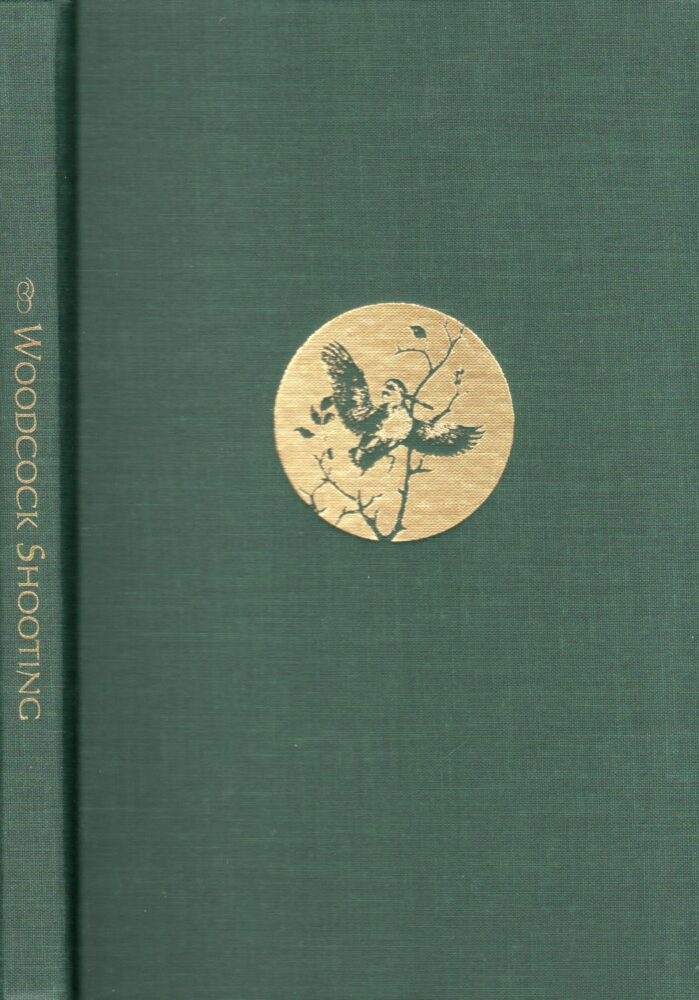
Woodcock Shooting by Edmund Davis
Davis’ book on salmon fishing was upstaged only by his privately published 1908 book titled Woodcock Shooting. Published a scant fewmonths prior to his death, Davis laid down a series of widely adopted principals that are still used over a century later. If you can find one of the 100 published copies of either they’ll run you about the same as a Parker VHE 20 bore in good condition. To my mind it’d be worth it. But since I can understand the importance of a fine gunning iron, here are a few of Davis’ pioneering efforts.
Dogs
Davis is considered to be the first man to hunt birds in Canada with a dog. Unsurprisingly, he had reasons to support his breed of choice of the English setter. He liked Professor Longhair’s thick coat as it protected the dog from briar and thorn injuries. He favored their white coat believing it increased visibility in dark, thick coverts. Moderate range combined with excellent sniffers made locating game a breeze. The fact that Davis added a sheep bell to their collars to know their location is something I think about when I cut my string loose in the fall.
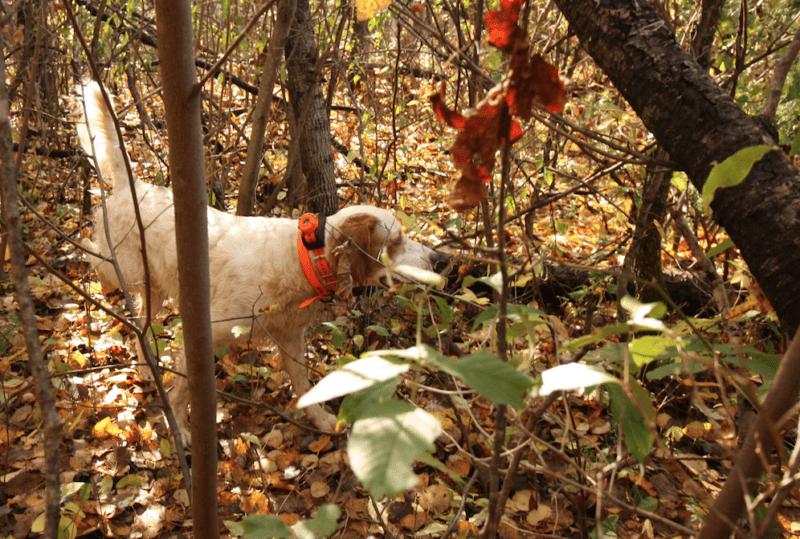
The author’s wife’s setter, Rebel, on point in mid-stride in the upland jungle. PC Angela Keer
Guns and Loads
Davis recognized the need for quick, effective shots, and as a result he favored responsive shotguns that were light in hand. The defacto side-by-side was perfectly designed as an upland game gun, and he found precision in a 20 bore that weighed in around 6 pounds. For this type of close shooting Davis preferred the ideal pattern spread accompanied by more open chokes and light, ¾ ounce 20 gauge loads. Smaller shot sizes made him deadly. If you’ve ever seen a woodcock hunter drop to a knee in a thick alder run so he’d have extra room for his swing, think of Davis. That shooting style was one he pioneered.
Apparel
Lots of walking in a wide variety of conditions made Davis think of his feet. He wore the classic lace up boot certainly for comfort but also to help keep his feet dry in damp, riverbottom lowlands. His shirts and pants were made from tightly-woven cotton to keep Hawthorne tines and briars at bay. To account for the dynamic nature of wingshooting, Davis favored a vest with ample pockets for shells and game. The standard shooting jacket restricted the shoulder movement which reduced efficiency at the shot.
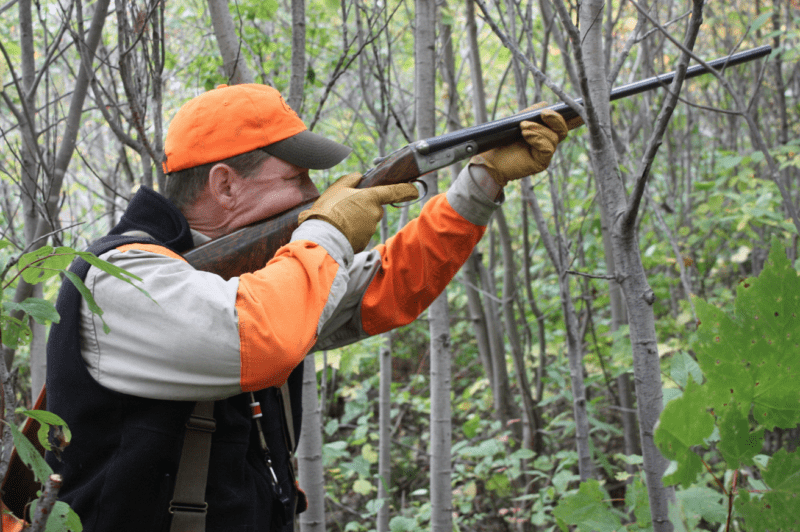
Vests, side-by-sides and light loads are part of the upland experience. PC Angela Keer
Davis was found in his rocking chair on his porch overlooking the Cascapedia River. Despite the argument heard shortly before the shot, his death was ruled a suicide. Folklore says Davis’ diagnosis of Bright’s disease, one that would claim his kidneys, lead him to that possible decision. Others believe his wife Maria shot him after learning of his intention to file for divorce. A third theory suspects his son Steuart was the assassin. Inheritance greed allegedly drove that possibility.
It’s bird season, and the more things change the more they stay the same. At times I may think I am unique in my hunting approach yet the reality is I am not. Like many, I follow in the shadows of Edmund Davis. I tighten the laces of my knee-high L.L. Bean boots that are ideal for walking through mucky river bottoms and feeder streams. My clothes are waxed cotton and I wear a strap vest. In the early season I’ll shoot light loads through a 20-bore and when the leaves fall and then switch to a 28. I have three English setters and my Parkers weigh a bit more than 6 pounds. Instead of a train I’ll load up my perfectly broken-in pick up with 204,000 miles on it. I may have fewer zeros following the commas in my bank account, but thanks to Davis I feel just as rich. I’ll have to give Ed Belak a call. I wonder if he wants to go.
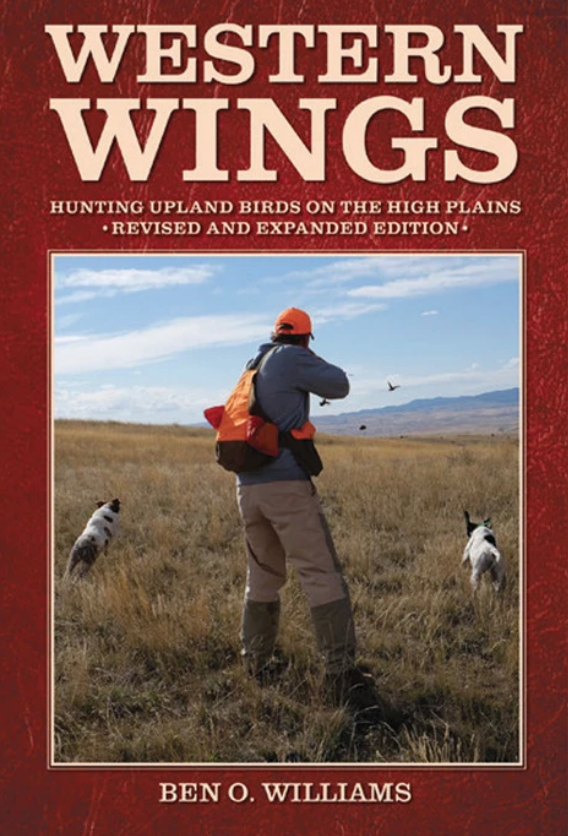 Ben Williams spends well over 250 days each year photographing, hunting, or running dogs on the High Plains. This book is the culmination of his 50+ years spent in the field, not only hunting, but also seeking to understand everything about upland birds and their environment. He discusses literally everything about these wonderful game birds and the country in which they live.
Ben Williams spends well over 250 days each year photographing, hunting, or running dogs on the High Plains. This book is the culmination of his 50+ years spent in the field, not only hunting, but also seeking to understand everything about upland birds and their environment. He discusses literally everything about these wonderful game birds and the country in which they live.
Hungarian partridge, sharp-tailed grouse, sage grouse, prairie chickens, western ruffed grouse, blue grouse, spruce grouse, and pheasants are all covered in more detail than ever before in print: their habits, throughout the year, habitat, mating ritual, identification, what they eat and why, and—most importantly—how to look over a vast section of prairie and identify the habitat within the habitat to locate birds and much, much more. Buy Now


